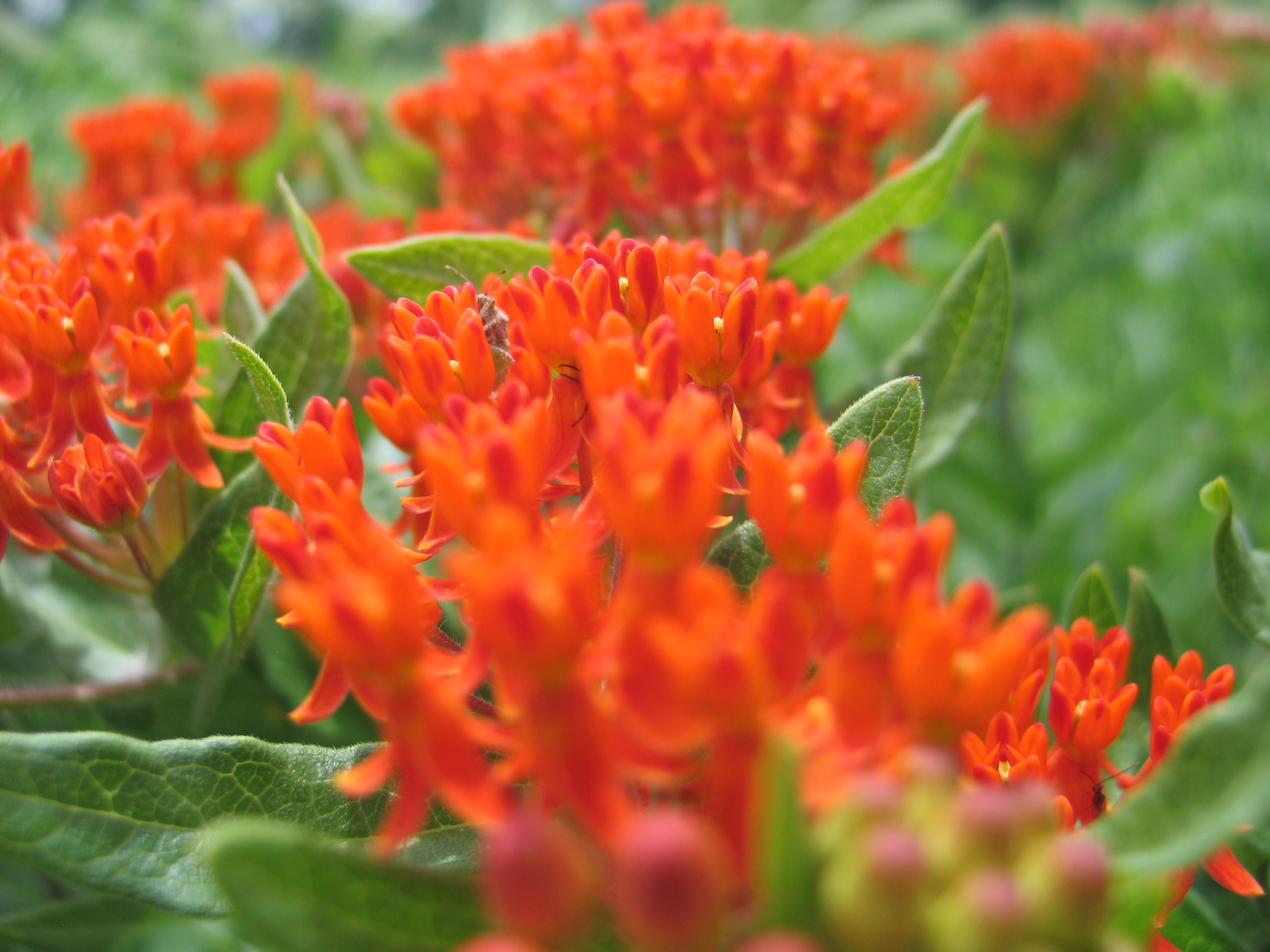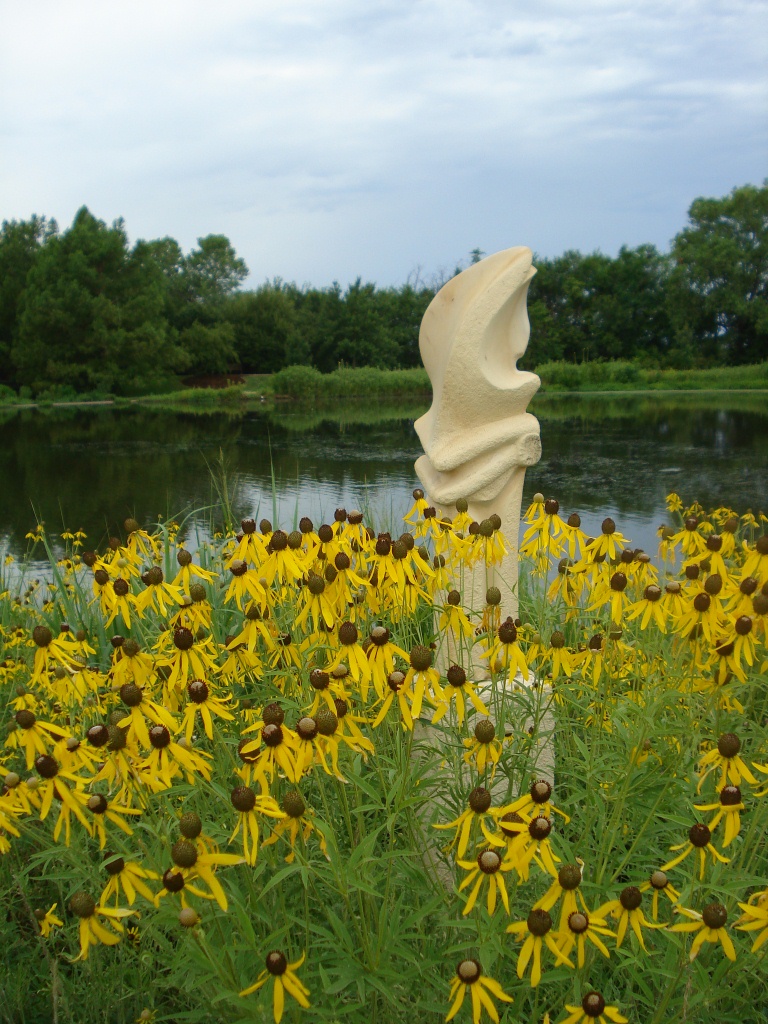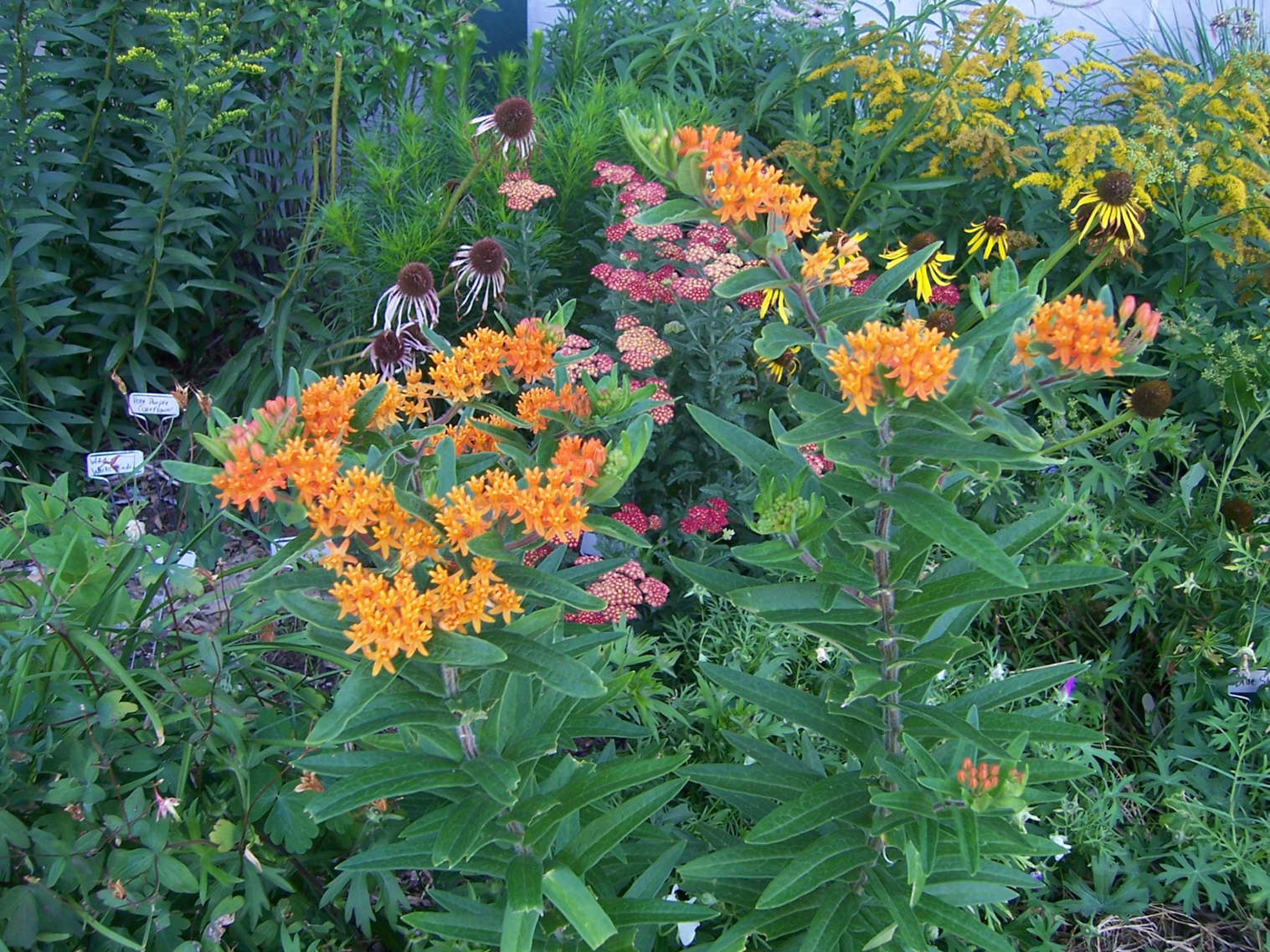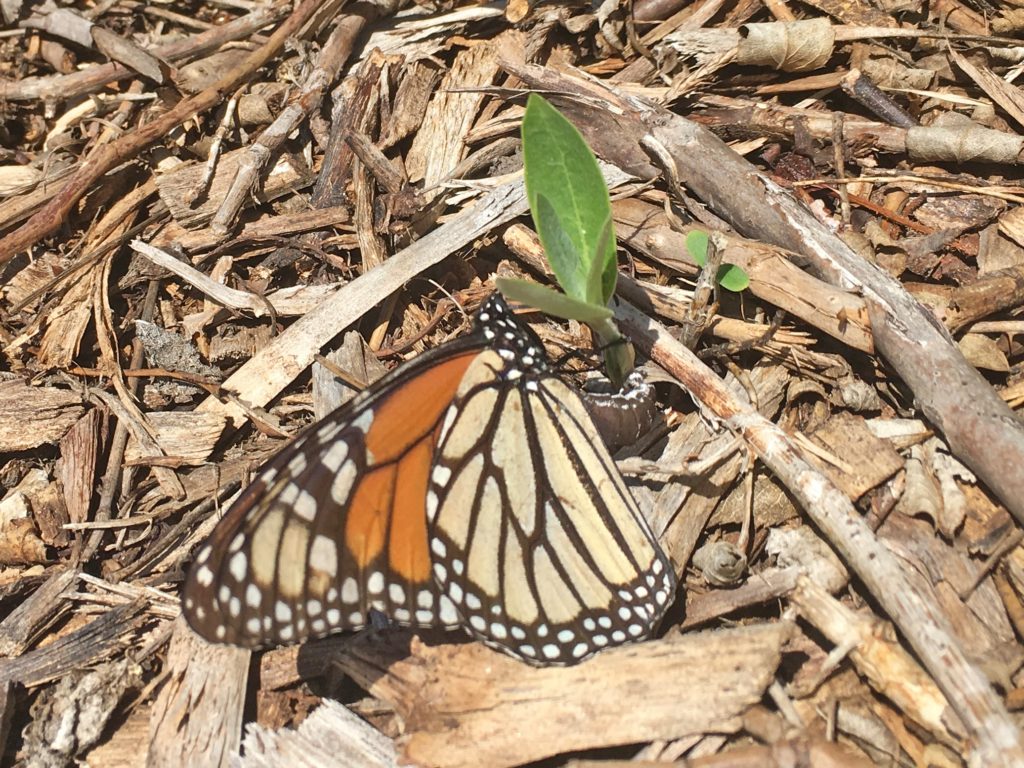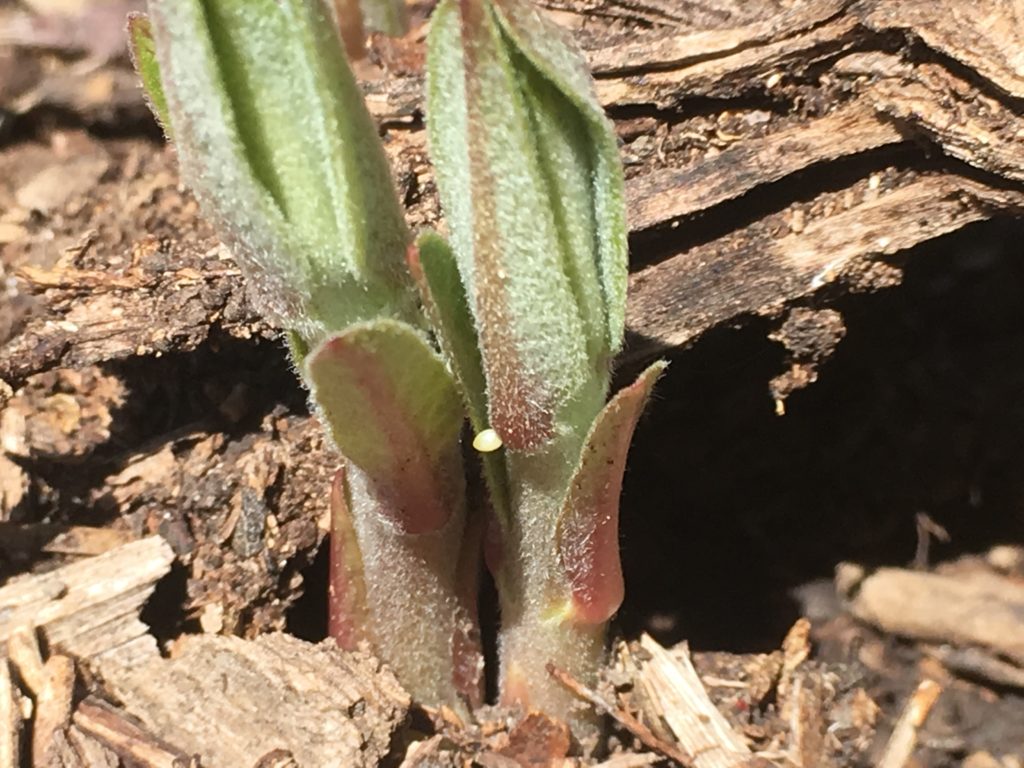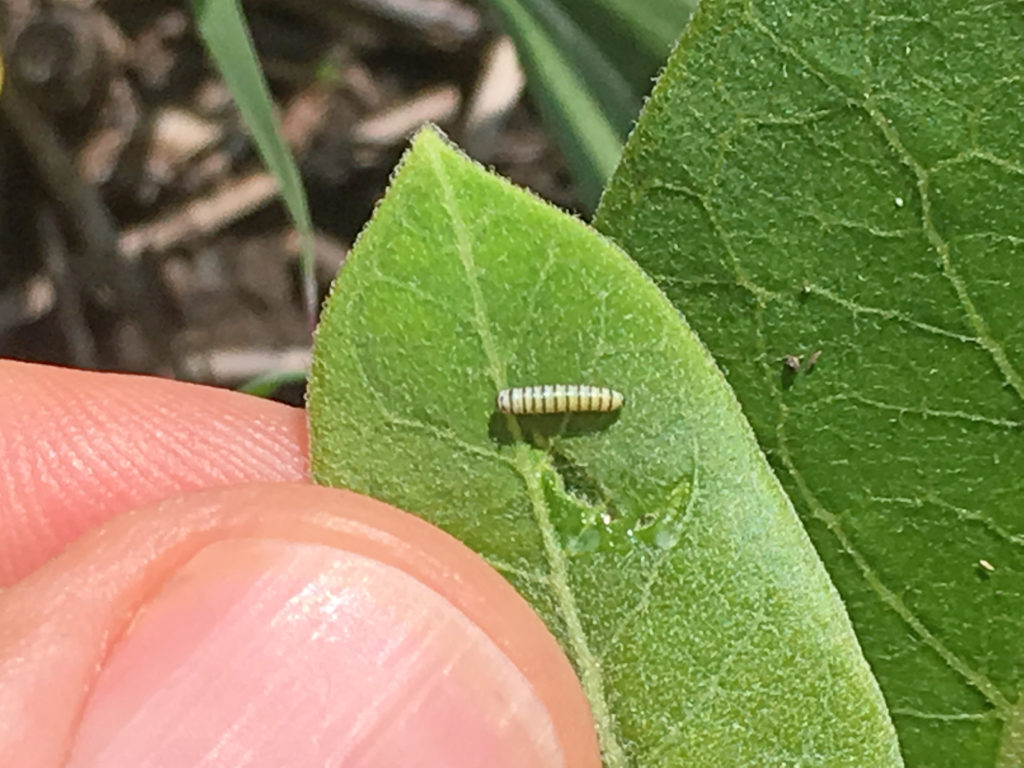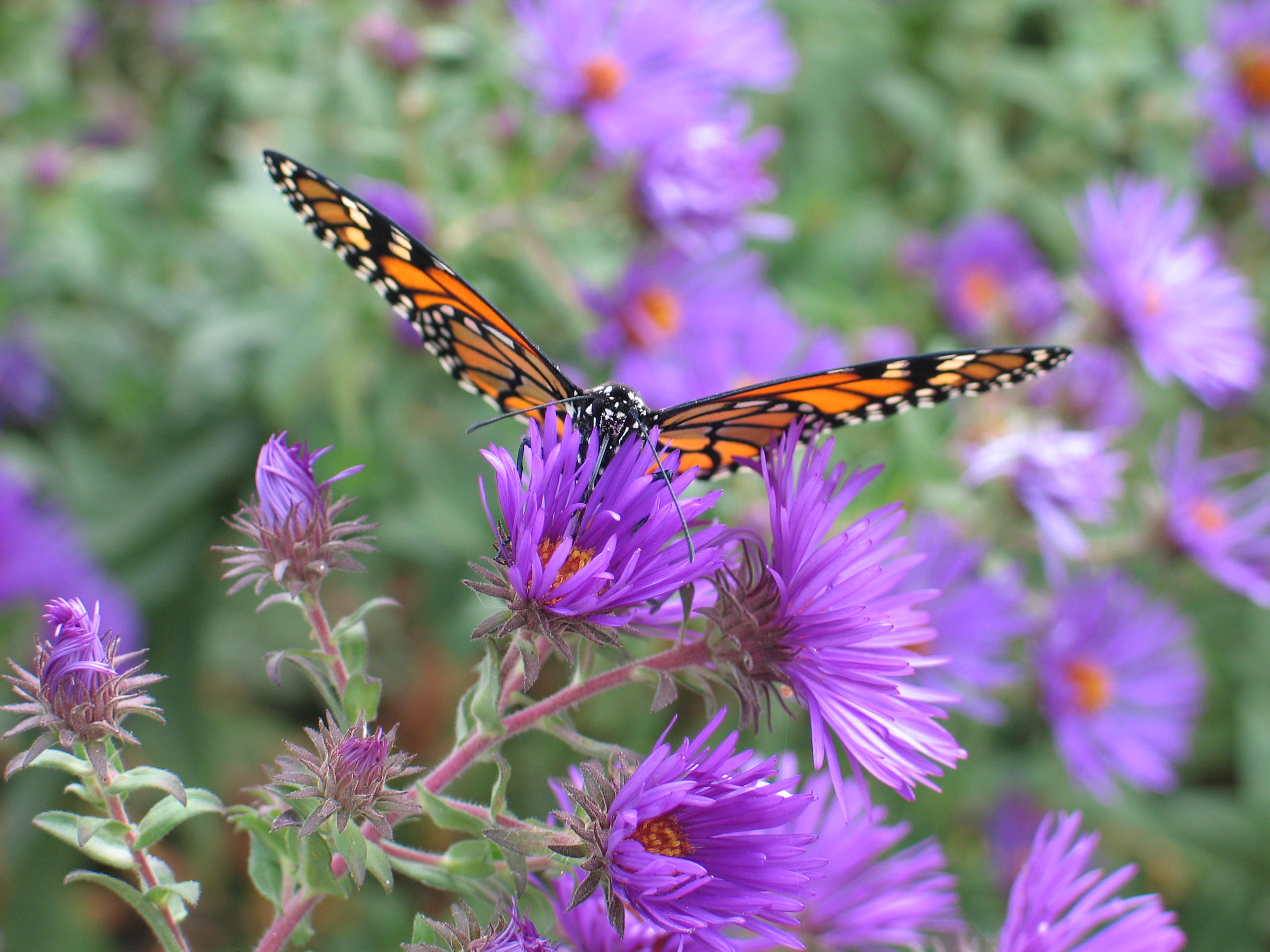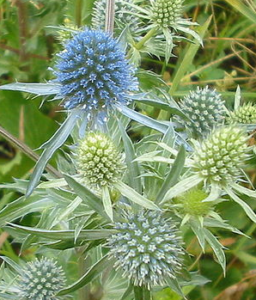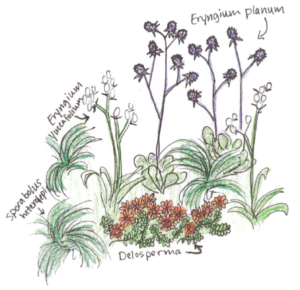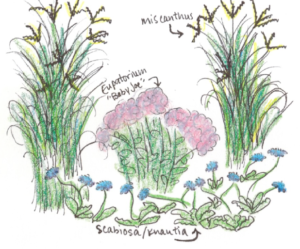With growing season and FloraKansas on the horizon, we have been asking a few questions of ourselves over the past few months about native plants. Certainly, we have seen the benefits of using native plants in the Arboretum and at our homes, but what would it take to convince someone to install them in their yard who has never tried them or is unfamiliar with them? What would it take to begin to change their minds?
We keep coming back to this idea of beautiful AND good. Aesthetics are important and we all want attractive landscapes, but so is this feeling that what we are doing is good for everyone and everything.
It can be intimidating to change the way you garden or landscape. Choosing plants just because they are visually appealing simply isn’t a good enough reason anymore. Creating a habitat using plants that are adapted to your site is a far better approach to landscaping. Designs that have attractive combinations of wildflowers, grasses, shrubs and trees may initially capture our imaginations, but more and more people are wanting these plants and their landscapes as a whole to provide additional benefits. Our gardens must now not just look good, but also do double duty to provide for pollinators, attracts birds and other wildlife, develop habitat and positively impact the environment.
The evidence that making such a change will really make a difference in our lives and in our gardens begins with the first native plant. I have seen it time and again – if you plant them, they will come to your garden. If you plant milkweeds, the monarchs will find them; if you plant penstemons, the bumble bees will find them; and if you plant asters, a flock of pollinators will cover them in the fall. It sounds so simple, but it is indeed true. These plants need the pollinators and the pollinators need these plants. The significance of planting your first wildflower can be both beautiful and good.
If you want to be part of the solution and do your part for nature by reducing water usage and eliminating chemicals, attracting countless forms of beneficial wildlife including butterflies, hummingbirds, and pollinators, cleaning storm water runoff, and having a beautiful landscape, start with a few native plants. Each of us CAN have a positive impact. We are stewards of these ecological, environmental, and sustainable gardens. An aesthetically pleasing landscape can also be functional and serve a variety of purposes.
Steps to a beautiful and sustainable landscape
- Evaluate your landscape
- Plan, plan, and plan
- Define your edges
- Choose the right plants that match your site
- Establish plants correctly
- Observe Best Management Practices
- Enjoy!
Home landscapes can be transformed using native plants so that they are sustainable, easy to maintain, and beautiful. To start planning your native plant garden, be sure to attend our FloraKansas Spring Plant Sale and look over our 2017 plant list.

